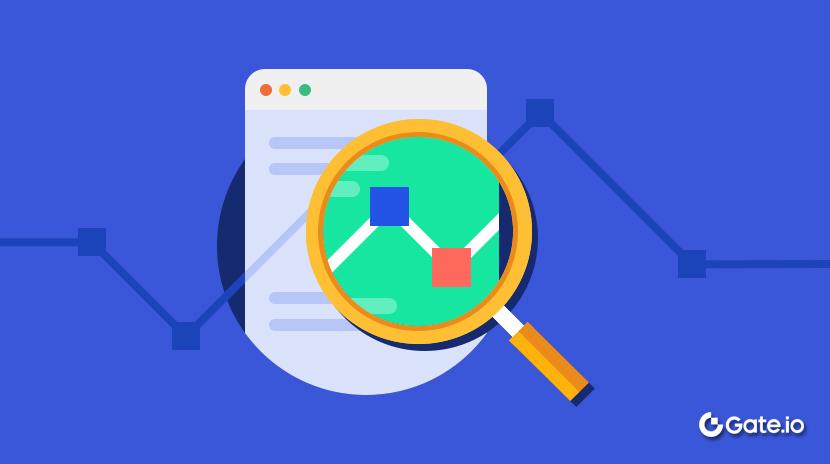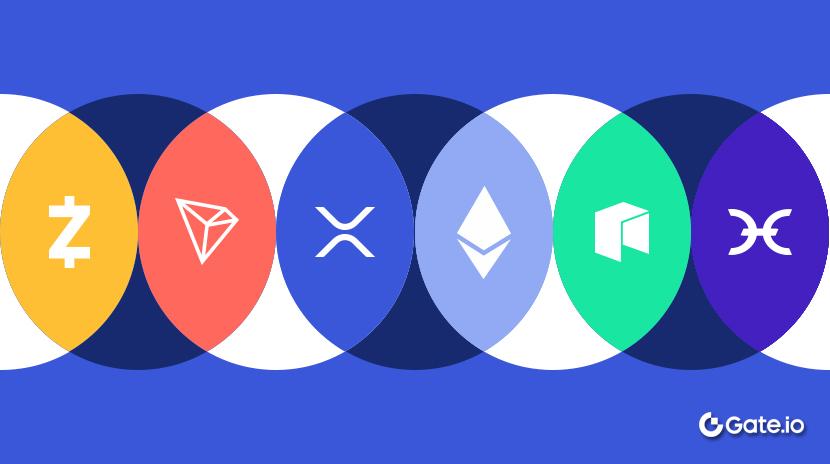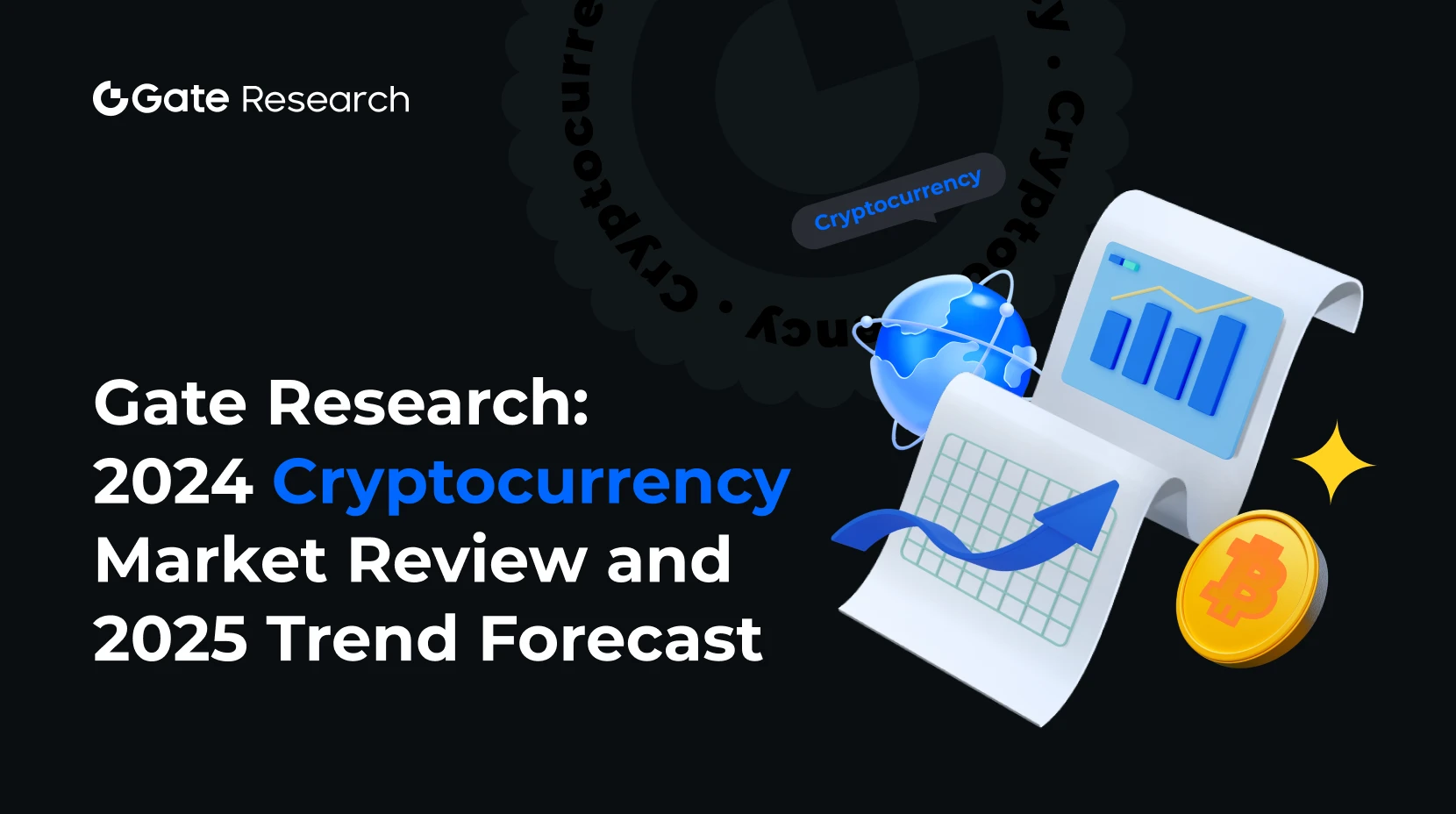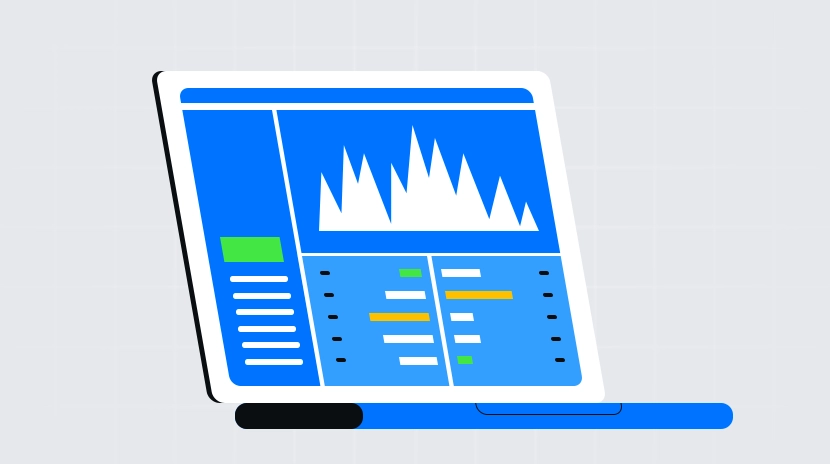GambleFAI: The Rise of Autonomous Betting Agents
GambleFi was a narrative that emerged in the second half of 2023, with a simple value proposition—democratizing access to casino games and prediction markets for billions of users worldwide, powered by global crypto liquidity.Casinos like @rollbit and @shufflecom generate hundreds of millions in annual revenue by acting as the house for casino games and collecting commissions (“vig”) on sportsbook odds.
This narrative gained traction in 2023 due to the bear market—where the risk-reward ratio of betting in a casino or on sports often seemed more attractive than buying crypto tokens. However, this changed drastically in 2024 as sentiment turned extremely bullish. With BTC halving and figures like Trump and others embracing crypto, the market’s attention shifted.
The rise of @pumpdotfun and the memecoin season led to a frenzy where celebrities, animals, startups, and anything imaginable were used to launch memecoins. Stories of random anons flipping $500 into $6.9M became common. This changed the mindset of degens—why risk a 2x or 3x (50:50 or 33:66 odds) in a casino when they could score 10-100x punting memecoins? As a result, the GambleFi narrative gradually declined as players shifted to trading memecoins instead of betting in casinos.
By 2024, @Polymarket emerged as a leading prediction market platform, particularly for political events like the 2024 U.S. Presidential Election. Dubbed “The Source of Truth,” Polymarket provided real-time predictions, with more capital bet on an outcome reflecting public sentiment. Its credibility grew, leading to citations from global media on various markets—beyond elections to sports, crypto, AI, celebrities, hacks, geopolitics, and more.
The Birth of GambleFAI
Then came 2025. The altcoin market was in shambles, flooded with millions of tokens thanks to the memecoin craze and pumpdotfun forks enabling anyone to launch a coin in minutes. The risk-reward in crypto started to make less sense compared to gambling in casinos or prediction markets.
At the same time, AI and AI agents advanced rapidly—LLMs became more sophisticated, gaining reasoning abilities, automating workflows, and offering domain-specific knowledge across industries, including GambleFi. Instead of personally analyzing football teams, tactics, player performances, and historical data, bettors could now rely on AI for strategic insights.
GambleFAI was born
GambleFAI is the fusion of GambleFi and AI, combining decentralized betting with AI-driven data synthesis and predictive capabilities.
With AI advancements, bettors no longer face sub-40% odds due to lack of information. Instead, retail players can leverage AI-powered insights and machine learning models to boost their chances to 55-60%+.
Key Players in the GambleFAI Movement
We’re already seeing this play out with several players in the space:
1. Billy Bets
@AskBillyBets is the first autonomous betting agent powered by @sportstensor, Bittensor Subnet 41 (SN41).

Sportstensor is building the most accurate decentralized sports prediction algorithm. It aggregates intelligence from competing ML models, rewarding sustained edge discovery over short-term wins.
Billy Bets started with a $100K bankroll to bet on @Polymarket. It has since generated $24K in profits, with $6K allocated to buybacks and burns of $BILLY.

2. DKING
@thedkingdao is the first agentic sports betting DAO, powered by @webuildscore Subnet 44 (SN44).

Score integrates Computer Vision and prediction models, analyzing live game footage in real-time to track micro-events, player patterns, and match analytics to enhance betting insights.

VLLMs annotate content, labelling footage of players actions within a soccer match. The data is then used to further train the models for accurate player evaluation and predictions.
DKING’s products include:
- Agentic Wagering Pool: Stake $DKING to deposit USDC into pools managed by autonomous betting agents.
- The Terminal: $DKING holders get access to a personal soccer AI agent powered by Score’s models.
While the products aren’t live yet and DKING is still in its early stage, the team is reportedly working with the second-largest sports hedge fund for potential capital allocation.
3. AION5100
@aion5100 is an AI agent powered by @Playinfgames, Subnet 6 (SN6).

AION consists of 256 LLMs competing internally, generating up to a trillion synthetic scenarios monthly to refine predictions. Its goal is full autonomy—managing its own keys, code, and funds by 2027.
AION has made seven Polymarket predictions, with mixed results (-$665 PnL, $9.2K treasury). It explores diverse markets—Bitcoin, egg prices, Apple launches, Super Bowl, etc.
Still early to tell but would be interesting to see if generalized models can outperform specialized models on % ROI over the long-term
$AION surged 53% in the past week, fueled by the GambleFAI narrative sparked by $BILLY. Soon, holders will access a trading terminal featuring AION insights beyond Polymarket.

For Illustrative Purpose Only
4. Robonet’s Pauly
@RoboNetHQ is developing autonomous agents powered by @AlloraNetwork’s ML models.

Pauly, a flagship political trading agent, engaged in hedged trading strategies on Polymarket’s 2024 U.S. election markets, achieving ~14% ROI over three months (~68% APY).
Pauly identified inefficiencies by comparing Allora Network’s predictions to market pricing, dynamically adjusting positions for optimal returns while minimizing risk.
Robonet recently announced Robonet 2.0, expanding its ecosystem for AI agents with distinct strategies and perspectives powered by @AlloraNetwork.

The Bigger Picture
Three trends emerge from these developments:
- Market consolidation around fundamentals: Revenue-generating AI agents are taking center stage, much like real businesses.
- Machine learning models provide much-needed utility: AI enhances agents’ predictive accuracy, increasing potential returns.
- Bittensor Subnets and Allora ML models are driving innovation: These infrastructures offer predictive capabilities, enabling specialization and product-market fit. (We’re seeing both @virtuals_io & @CreatorBid continue to integrate more subnets within their eco)
Bottom Line
To survive in this market, AI agents need to generate real revenue. Dancing and yapping no longer cut it. Agents must capture market insights and profit from them, offering tangible advantages and solving real problems.
GambleFAI is still in its early narrative phase, but autonomous betting agents are proving they can outperform average bettors and generate outsized returns.
If the market continues to move sideways and the AI agent sector remains fragmented, GambleFAI could become an alternative for degens seeking alpha they wouldn’t find in shitcoins.
Disclaimer:
- This article is reprinted from [0xJeff]. All copyrights belong to the original author [0xJeff]. If there are objections to this reprint, please contact the Gate Learn team, and they will handle it promptly.
- Liability Disclaimer: The views and opinions expressed in this article are solely those of the author and do not constitute any investment advice.
- The Gate Learn team does translations of the article into other languages. Copying, distributing, or plagiarizing the translated articles is prohibited unless mentioned.
Related Articles

What Is Fundamental Analysis?

What Are Altcoins?


Gate Research: 2024 Cryptocurrency Market Review and 2025 Trend Forecast

Altseason 2025: Narrative Rotation and Capital Restructuring in an Atypical Bull Market
